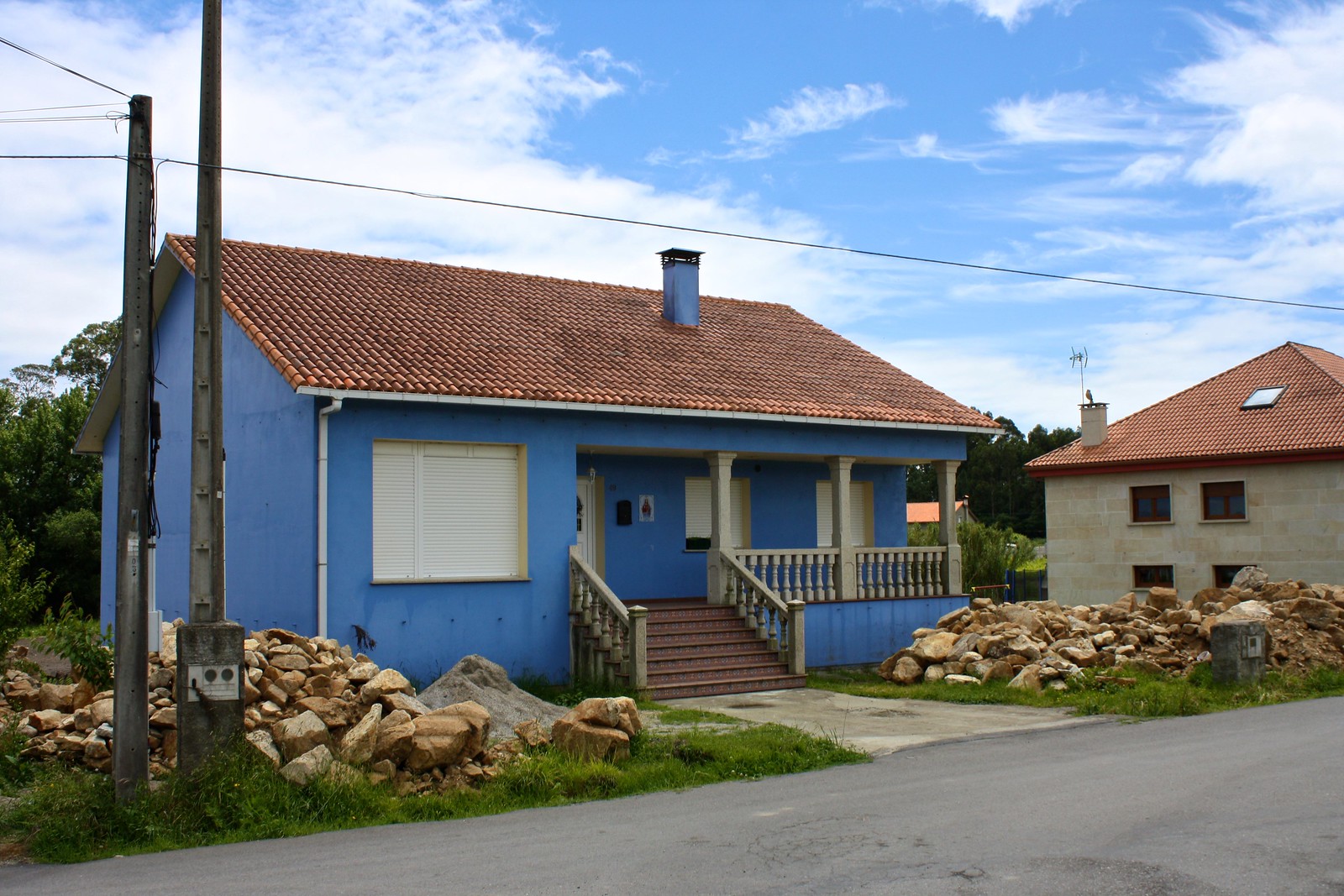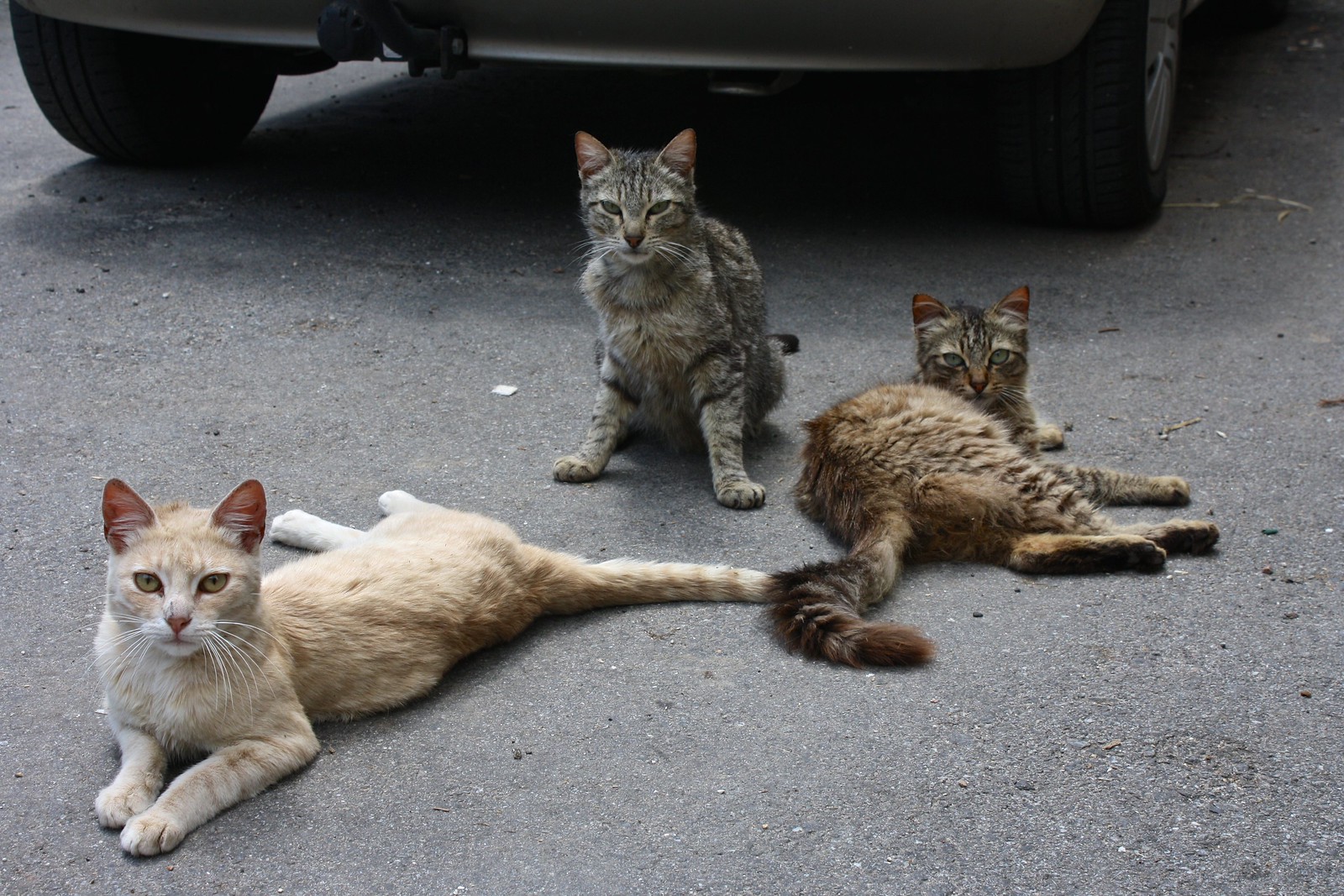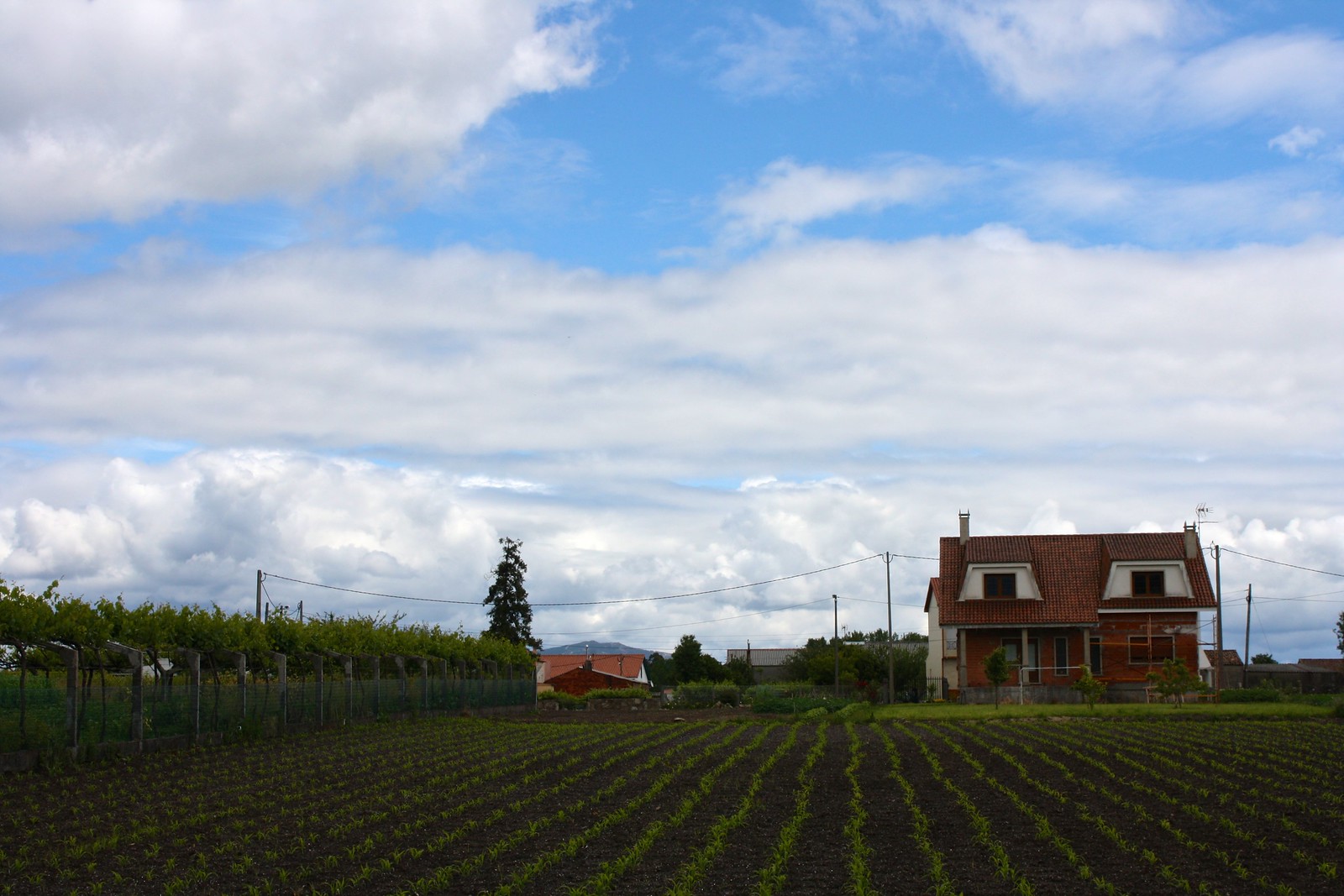Since October 2013, I’ve been teaching English at a rural elementary school on the western coast of Galicia, northwest Spain. Although I’m writing this back home in Texas right now, I’ll be heading back in the fall to renew at the same school for another year, so I thought this summer intermission would be the best time to share with y’all a little bit about the whole reason I’ve been able to live and travel abroad for this past school year.
The surrounding region
Abanqueiro (pronounced “ah-vahn-KAY-EE-roe” [ˌa.βanˈkej.ɾo]) is a small farming parish that belongs to the broader municipality of
Boiro, a city of about 20,000 people in one of the
Rías Baixas or “Lower Inlets” of the Atlantic Ocean that flow into the region’s western coasts. Like most of Galicia, Abanqueiro is green and lush, receiving a lot of rain in winter. But because the village is situated on a flat peninsula close to sea level, the weather here is generally more agreeable than further inland, where the hills love to wreak havoc with balmy breezes (I’m looking at you, Santiago de Compostela!).
Many of the folks here work in the fishing industry, be it the physical act of catching of them, tending to
bateas or mussel farms that float offshore, or canning fish in factories that have made the Rías Baixas famous all over Spain. Of course, because of Abanqueiro’s rural setting, tons of people run their own family farms where they grow anything from corn to potatoes to cabbage. It’s pretty common for locals to cultivate
Albariño grapes in their tiny vineyards to make homemade white wine.
This little peninsula also has a fair amount of natural beauty about it, from wild forests where frogs croak and roar, to simple beaches like the
Praia de Mañóns frequented only by locals. During our lunch break, some of the teachers and I would often go on strolls around town, passing through menthol-fresh eucalyptus woods, over hot, expansive farmlands, and past the colorful houses that our students call home.
Abanqueiro as an aldea
Like the town where I worked at last year—
Villanueva del Arzobispo—Abanqueiro is also a
pueblo or Spanish-style village: a place people call home regardless of where they end up living, where they come back to grandma’s house for Sunday lunch or Epiphany dinner, where they say they are “from.” In Galicia, though, instead of the word
pueblo (lit. “people”) they use the Arabic-dervied term
aldea to refer to these tiny villages that cover the region’s landscape. In Abanqueiro, you’ll often see old ladies walking to the market, clad in their typical pale-blue aprons and rubber rainboots, while the old men drive rumbling tractors to and fro.
The school
I was extremely fortunate to get placed at
CEIP Plurilingüe de Abanqueiro this school year, a multilingual elementary public school.
When I learned I had been placed in Galicia last year, I immediately emailed the regional coordinator to request Santiago de Compostela. Instead, I ended up here on the coast—but I was still able to commute each day from Santiago with a few other teachers from the area.
The school itself is
really tiny, with only one class per grade level. Like my school down south, the center covers kids in
infantil—preschool for ages 3 to 5—and
primaria—primary school for grades 1 to 6. The whole school is housed in the same
drab, barracks-style building you find all over the country, but the walls and classrooms were actually quite colorful inside, with tons of student projects plastering the hallways.
I really liked that Abanqueiro is an almost 100%
Galician-speaking environment, even though classes are evenly-divided between Galician, Spanish, and English to fulfill multilingual requirements. Be it official documentation, notes sent home to parents, faculty meetings, or kids whispering to themselves, the language spoken the majority of the time was the
Galician language—not Spanish. Now, everybody there can and does speak Castilian Spanish, which was super helpful when I first arrived in October with my Andalusian accent still fresh on my lips. But I found that even as I was teaching my students English, they were teaching me
Galician.
Compared to last year, I found that
the kids here spoke a lot better English, although perhaps I was biased since last year I worked mainly with 1st, 2nd, and 3rd graders while this year I didn’t have any classes with 1st or 2nd graders at all. My bilingual coordinator, Fran, actually has dual citizenship (Spain and U.S.) since she lived in New Jersey for 20 years before moving back to Galicia, so she speaks perfect English and I think that has really transferred to the kids she teaches.
Surprisingly, she’s the only English-speaking teacher at school, as all the other
profesores teach in either Spanish or Galician. Contrast this with last year, when all the teachers I worked with gave classes in English. This year, it was up to me and Fran to “immerse” the kids in English.
So why did I decide to stay at this rural school about an hour away from the capital city of Santiago? Put briefly:
I love my school. Initially, I was really alarmed when I learned I would be the person doing the actual teaching in two-thirds of the classes I would be assigned to, but with lesson-planning help from Fran and the presence of another teacher to keep the kids in line, I found I really enjoyed playing games, practicing vocabulary, reading stories, and answering questions in a mix of English and Spanish with an engaged group of adorable kiddos.
The teachers at the school welcomed me from the beginning and always tried to make smalltalk with me (usually about the weather) when I was stuck waiting in between classes in the teachers’ lounge, and while I will forever be the
guiri of the crowd—The Foreigner—I never felt ostracized.
Finally, the whole mood at school is really laid back, as most is of Galicia in general. The kids behaved themselves in class (as much as that is possible for Spanish students!) and I never had any yelling matches. Although I ran into a couple of awkward or rude teachers, they never spoiled the whole bunch and everyone just seemed to get along.
I’m currently enjoying being at home with my parents in Texas and working to save up $$$, but I am really looking forward to returning to Abanqueiro in the fall.
If you’ve ever been an auxiliar, what was your experience in your school’s town like? Have you ever hiked through a rural Galician village before? Comment in the thread below!










